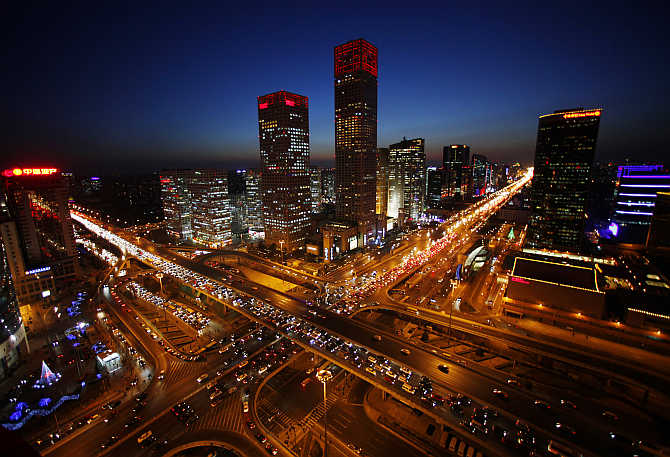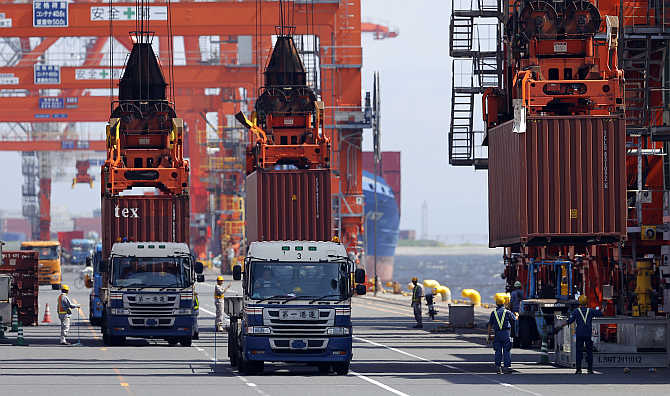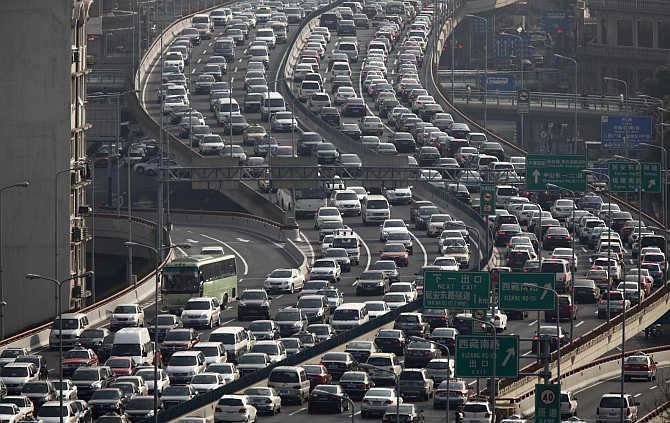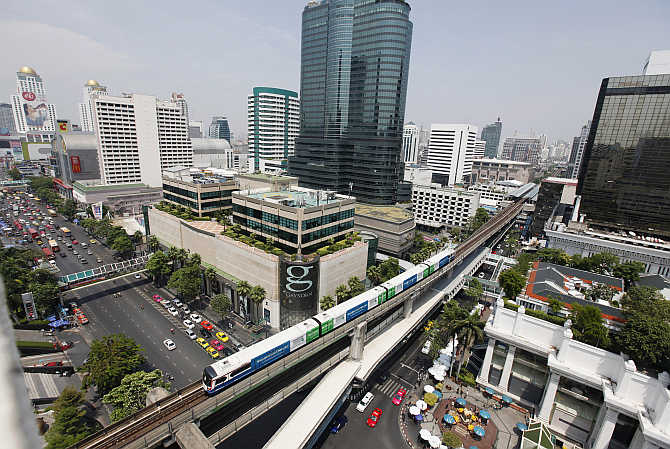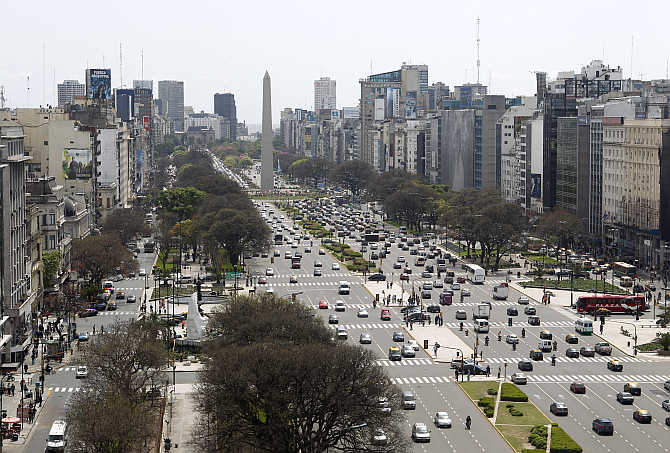 | « Back to article | Print this article |
25 economic trends that will transform the world
The world is going through a change, from rapid rise in urbanisation to technological developments to demographic shifts, it has never witnessed before.
Let's take a look at some of these changes and how they will impact the globe.
Source: KPMG's Future State 2030
Click NEXT to read more...
25 economic trends that will transform the world
Job crunch
About a million in India will join the labour market every month for the next 20 years.
Click NEXT to read more...
25 economic trends that will transform the world
Lost youth
Those between 15 to 24 constitute 40 per cent of the total unemployed numbers around the world.
Click NEXT to read more...
25 economic trends that will transform the world
Positive demography
Ninety per cent of the youth population lives in developing economies.
Click NEXT to read more...
25 economic trends that will transform the world
Building blocks
To keep pace with urbanisation, countries will have to invest $40 trillion between 2005 and 2030.
Click NEXT to read more...
25 economic trends that will transform the world
Rising affluence
Middle class, which constituted 27 per cent in 2009, will increase to 60 per cent of the global population by 2030.
Click NEXT to read more...
25 economic trends that will transform the world
New power centres
While just 58 per cent of the world's middle class was living in the developing countries in 2010, this figure is projected to jump to 80 per cent by 2030.
Click NEXT to read more...
25 economic trends that will transform the world
Mega boom
The world will see the total of megacities rise from 20 in 2013 to 37 in 2025.
Click NEXT to read more...
25 economic trends that will transform the world
Mobile growth
The use of mobile phones has increased so exponentially in recent years that now 75 per cent of the population has access to mobile phones. In some countries, such as India, more people have access to mobile phones than to electricity or clean water.
Click NEXT to read more...
25 economic trends that will transform the world
Wired up
In 2012, 34 per cent people around the world had access to Internet. By 2030, nearly half of the global population will have access to Internet.
Click NEXT to read more...
25 economic trends that will transform the world
Interconnected world
By 2012, the number of Internet users rose from 360 million in 2000 to 2.4 billion by 2012.
Click NEXT to read more...
25 economic trends that will transform the world
Money in apps
The app industry, which has grown on the back of increase in Internet penetration, is now projected to be worth $151 billion by 2017.
Click NEXT to read more...
25 economic trends that will transform the world
Data deluge
Although Internet has been around us for some time, 90 per cent of total digital data was created in the past two years.
Click NEXT to read more...
25 economic trends that will transform the world
Moving goods
The world saw overseas trade increase from 40 per cent in 1980 to 63 per cent in 2011.
Click NEXT to read more...
25 economic trends that will transform the world
Trading volume
And it is expected to continue at about 50 per cent annually to 2030.
Click NEXT to read more...
25 economic trends that will transform the world
New players
Share of Asia in global trade is expected to double to 39 per cent by 2030.
Click NEXT to read more...
25 economic trends that will transform the world
Rising stock
Global foreign direct investment stocks have risen fivefold as a share of GDP, from about 6 per cent in 2011 to 30 per cent in 2013.
Click NEXT to read more...
25 economic trends that will transform the world
Stuck in debt
Net debt-to-GDP ratios, which were 46.3 per cent in 2007, have increased to 78.1 per cent in 2013.
Click NEXT to read more...
25 economic trends that will transform the world
Drowning in debt
Net public debt is set to reach 98 per cent of GDP by 2035.
Click NEXT to read more...
25 economic trends that will transform the world
Economic engines
Fifty-seven per cent of global GDP will be generated by developing countries by 2030.
Click NEXT to read more...
25 economic trends that will transform the world
Future hubs
About 440 of the world's fastest-growing cities, which will generate 47 per cent of global GDP growth through 2025, will be based in developing nations.
Click NEXT to read more...
25 economic trends that will transform the world
Increasing stock
China and India are projected to account for 35 per cent of world's population by 2030.
Click NEXT to read more...
25 economic trends that will transform the world
Economic powerhouses
Today, developing countries generate 37 per cent of global trade.
Click NEXT to read more...
25 economic trends that will transform the world
Spreading the wings
Chinese firms are set to double their acquisitions of foreign companies in the next five years. By 2020, this figure could rise fourfold.
Click NEXT to read more...
25 economic trends that will transform the world
Migration
By 2030, 60 per cent of the world's population will be living in cities, up from 50 per cent in 2013.
Click NEXT to read more...
25 economic trends that will transform the world
Top tier
The top 600 cities by GDP growth are home to 20 per cent of the world's population, generate more than 50 per cent of global GDP and are projected to nearly double their GDP contribution to $65 trillion by 2025, says KPMG's Future Study.




